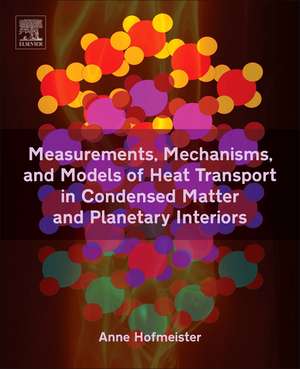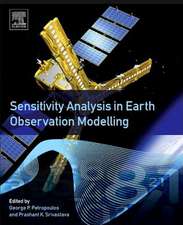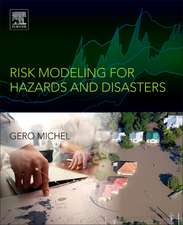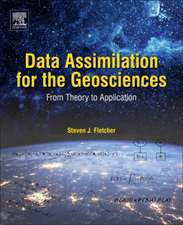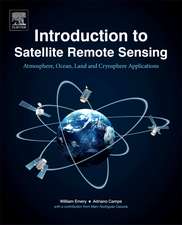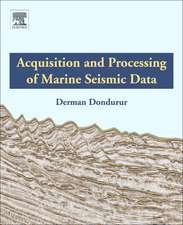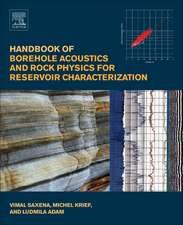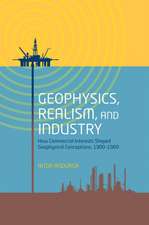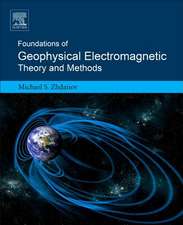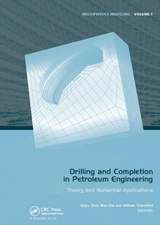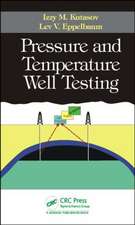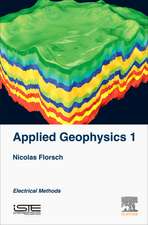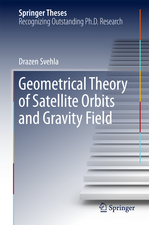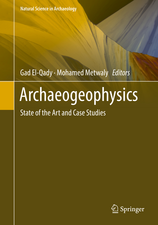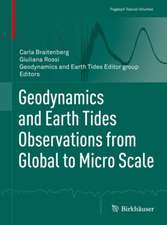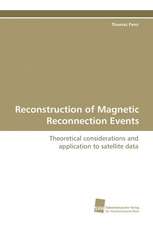Measurements, Mechanisms, and Models of Heat Transport
Autor Anne M. Hofmeisteren Limba Engleză Paperback – 25 noi 2018
Covering both microscopic and mesoscopic phenomena of heat transport, Measurements, Mechanisms, and Models of Heat Transport offers both the fundamental knowledge and up-to-date measurements and models to encourage further improvem
- Combines state-of-the-art measurements with core principles to lead to a better understanding of heat conduction and of radiative diffusion, and how these processes are linked
- Focuses on macroscopic models of heat transport and the underlying physical principles, providing the tools needed to solve many different problems in heat transport
- Connects thermodynamics with behavior of light in revising the kinetic theory of gas, which underlies all models of heat transport, and uses such links to re-derive formulae for blackbody emissions
- Explores all states of matter, with an emphasis on crystalline and amorphous solids
Preț: 463.48 lei
Preț vechi: 594.26 lei
-22% Nou
Puncte Express: 695
Preț estimativ în valută:
88.68€ • 92.60$ • 73.23£
88.68€ • 92.60$ • 73.23£
Carte tipărită la comandă
Livrare economică 08-22 aprilie
Preluare comenzi: 021 569.72.76
Specificații
ISBN-13: 9780128099810
ISBN-10: 012809981X
Pagini: 440
Dimensiuni: 191 x 235 x 25 mm
Greutate: 0.75 kg
Editura: ELSEVIER SCIENCE
ISBN-10: 012809981X
Pagini: 440
Dimensiuni: 191 x 235 x 25 mm
Greutate: 0.75 kg
Editura: ELSEVIER SCIENCE
Cuprins
1. The Macroscopic Picture of Heat Retained and Heat Emitted: Thermodynamics and its Historical Development2. Macroscopic Analysis of the Flow of Energy into and through Matter from Spectroscopic Measurements and Electromagnetic Theory3. The Macroscopic Picture of Diffusive Heat Flow at Low Energy4. Methods used to Determine Heat Transport and Related Properties, with Comparisons5. Reconciling the Kinetic Theory of Gas With Gas Transport Data6. Transport Behavior of Common, Pourable Liquids: Evidence for Mechanisms other than Collisions7. Thermal Diffusivity Data on Nonmetallic Crystalline Solids from Laser-Flash Analysis8. A Macroscopic Model of Blackbody Emissions with Implications9. Transport Properties of Metals, Alloys and Their Melts From LFA Measurements10. Heat and Mass Transfer in Glassy and Molten Silicates11. Modeling Diffusion of Heat in Solids12. Conclusions and Future Work
AppendixA: Conventions, abbreviations, and variables usedB: Guide to an electronic deposit of thermal diffusivity data C: Summary of the Literature on Heat Capacity and Density (or Thermal Expansivity) as a Function of Temperature
AppendixA: Conventions, abbreviations, and variables usedB: Guide to an electronic deposit of thermal diffusivity data C: Summary of the Literature on Heat Capacity and Density (or Thermal Expansivity) as a Function of Temperature
Recenzii
"The book looks at many aspects of heat physics and is a prelude to a companion book for the formation and evoluion of planets. A multi-scale integrated model employing the inelastic collision for planetary formation concerning self-gravity and generation of internal heat is enthusiastic. Modern astronomical theories use computation, where all sorts of errors and spurious results could occur. How would the inelastic model be applied? An inelastic collision implies a loss of particle speed and thus cooling. How would it affect the equation of state as a global description of the gas? How could the lab data of solid, fluid and gas help explain the planetray formation observations? Could the details of microscopic physics be trivial to, affect or alter the grandeur paradigm of the accretion scheme of planetary formation? The author lists misconceptions and blames science predecessors and theories. It may take some study in the history of science to clarify the statements. Nonetheless, philosophical concepts in physics do evolve. The author gives abundant engaging historical accounts and references for heat transfer. As the criticism reverberates, whether the physics or philosophy will be accepted awaits various disciplines and methods to testify." --Contemporary Physics
